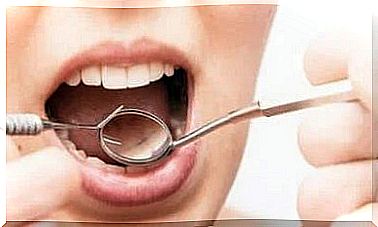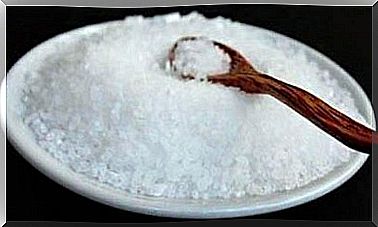Abdominal Aortic Aneurysm: Symptoms And Treatment

Abdominal aortic aneurysm is an abnormal and persistent dilation of the aortic blood vessel. It is a disease that can affect anyone and can lead to serious consequences.
Older adults are more at risk of suffering from this disease, because their arterial walls are more relaxed and elastic. But there have also been cases among young people that have been linked to genetic problems and related secondary conditions.
In this article, we will closely analyze the abdominal aortic aneurysm.
What is an aortic aneurysm?

Risk factors for abdominal aortic aneurysm
These factors include the following:
- Family history of aneurysm. There are certain genetic factors involved in the development of this pathology.
- Smoking. Tobacco has many harmful effects on the body. The toxins we ingest during smoking make the blood vessels stiffer and more fragile. This increases the chances of suffering aneurysm ruptures.
- High cholesterol and atherosclerosis. Like tobacco, both factors affect the arterial walls, making them more susceptible to rupture.
- High blood pressure. In cases of hypertension, the blood circulates with more pressure in the arteries. This pressure is transmitted to the walls of the vessel, forcing them to become more rigid.
What are the symptoms of an abdominal aortic aneurysm?

Diagnosis and treatment of abdominal aortic aneurysm
Once diagnosed, treatment involves the prevention of rupture and will depend on the size of the aneurysm. Some methods include strict blood pressure control and cholesterol regulation. Of course, doctors encourage patients with aneurysms to stay away from tobacco.
In some cases, it is best to surgically treat the aneurysm. For example, if an aneurysm is large, larger than 5 cm, it will grow rapidly. The same is true if a patient has many risk factors that could lead to rupture.
If the aneurysm has already ruptured, emergency surgery is required.
Risk of breakage
However, if the abdominal aorta ruptures, then rapid diagnosis and urgent surgery are necessary to avoid a tragic outcome. Keeping blood pressure under control, lowering blood cholesterol and avoiding tobacco are key to preventing breakage.









